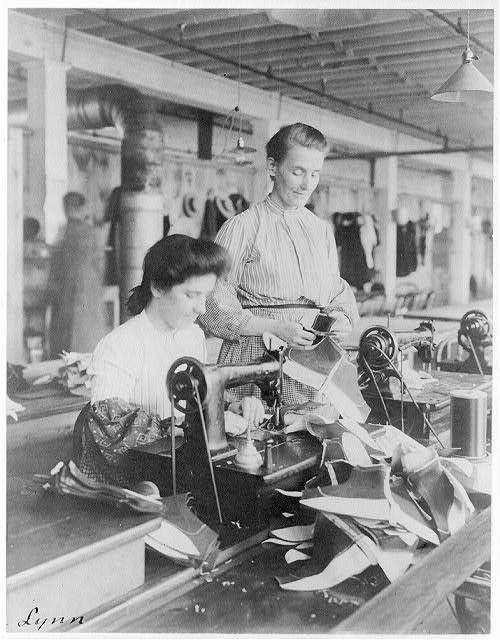There are about 8 blog posts queued up and needing written before things start to fade from my memory. I’ve even made a list in case I forget them. However, I can’t quite stop myself from just quickly bashing this one out if only to get this stuff out of my head.
Today we released as open source the WordPress LTI plugin that we’ve developed. Given that we’ve built an entire WordPress blogging platform based on open source, the majority of which has also been entirely free to use, it seems like a very small amount to offer in return. Grateful thanks to colleagues elsewhere, particularly Troy Welch at Thompson Rivers University, who put it through it’s paces and spotted some bugs. Hopefully what we’ve shipped is useful to some, and if not, at least a basis on which more could be built.
I’ve already written a few posts about the thinking that has led up to this. We’ve been using it in anger in our production site since early October and a few questions have come up in that time. I’ve been mulling them over and so I’m recording them here for posterity in case anyone else using this has the same thoughts.
A thing this plugin does, that others we looked at don’t, is support a use case where every student on a course needs their own individual blog. The way the plugin is built, each student who clicks the link in the VLE gets their own blog with Admin rights. Teachers clicking on the same link in the course get a list of all student blogs, and when they choose one they get added with Author rights. This supports a simple use case where students write and teachers provide comments, and by default this can all be done in a completely private blog. What this doesn’t easily support is students commenting on each others blogs, especially where they are private. At present our solution is to suggest teachers provide a list of students in the VLE and it’s up to each student to add who they want to their blog. This seems reasonable to me – they are the Admin of their own blog space, and part of owning that space is about actually administering it, including controlling who has access. Digital skills and literacies etc.
However, I’ve been mulling over whether it’s possible to extend the existing plugin to allow students to be easily added to each others site. The tricky bit is that there’s only 1 link in the VLE to follow. So how do you know whether a student wishes to visit their own site? Or whether they want to visit someone else’s? I don’t think we should put a barrier in place to getting to their own site each time they follow the link for the less frequent times that they want to visit a fellow student’s blog. The best thing I can think of at the moment is to extend the plugin to insert something into the Dashboard that lets the student navigate to the same page as Teachers see, and then when they choose another student’s blog, adds them as Authors too. It might be possible to enable this behaviour from the VLE via some sort of custom parameter. This might even allow for staff to set up a vanilla student blog behaviour in the first instance, then add the parameter in later to allow blogs to start to be opened up to other students. In general though, I don’t like this. I still feel pretty strongly that having your own blog space should come with responsibilities, including making intentional choices about what’s private, what’s public, and who can see it.
The second thing that hasn’t yet come up, but I think might, is whether more than one template can be used as the default to clone all new sites from. Since we’re using NSCloner Pro in the vanilla sign up form to give us the option of building out some more templates over time, I think it’s quite likely that the question of how to have a bit more choice when linking from the VLE will come up. An immediate thought is that instead of configuring 1 template site in the WP plugin to clone all sites from, one could define a series of them, each with an ID number. A custom parameter is then used on the VLE side of things by the Teacher to indicate which template they want to use – something simple like “template=3”. A list of templates and ID numbers would need to be published, but apparently that sort of thing can be made easily available on this thing called the Web.
I’m sure more thoughts will occur to me as we continue to put the plugin through it’s paces, and potentially also as others do. Probably a few of them will end up in GitHub as feature requests in time. Maybe someone out there will even code them and contribute them back. Wouldn’t that be grand?

One thought on “A few loose WordPress LTI threads”